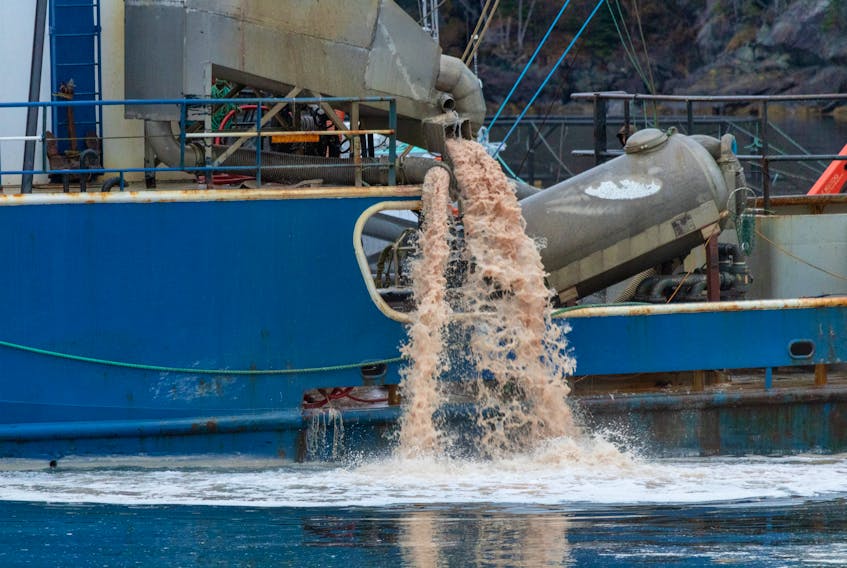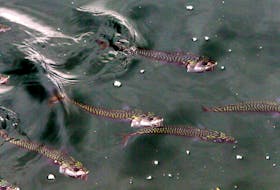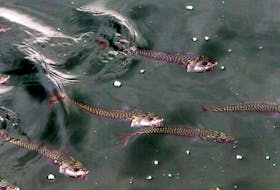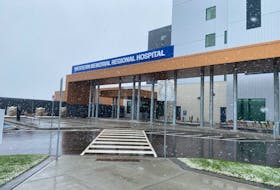ST. JOHN'S, N.L. — David Maher
The Telegram
Disease was not a factor in a south coast mass-salmon death, but algal bloom played a role, according to a study by the Marine Institute.
The review was ordered by the Department of Fisheries and Land Resources after 2.6 million salmon died in late-August and early-September 2019 in 10 net-pen sites owned by Northern Harvest Seafood in Fortune and Harbour Breton bays.
The review was led by Heather Burke, director of aquaculture and seafood development with the Marine Institute, Ian Gardner from the University of Prince Edward Island and Anthony Farrell of the University of British Columbia.
The study says it speculates that a combination of factors led to the massive salmon die-off.
After an increase in water temperature in the bays, the salmon became crowded at the bottom of the net-pens, seeking cooler water, says the report. The mass of salmon reduced the oxygen level, increasing stress on the fish, which caused them to die.
But there were other factors involved, according to the report.
“Fish handling during therapeutic treatments for sea lice stressed the salmon and increased their oxygen needs, worsening conditions further,” reads the report.
“An algal bloom in the area, as suggested by satellite imagery, would exacerbate the poor environmental conditions because algae remove oxygen from the water at night. A toxic algal bloom would make matters even worse.”
The report says there is no evidence that salmon disease played a role in the die-off.
The report says it took 59 days for Northern Harvest to remove all the dead salmon from the net-pens.
Hurricane Dorian affected cleanup efforts, making the net-pen sites unsafe from Sept. 7-9, 2019.
“Mort removals was a complicated and challenging process,” reads the report.
Northern Harvest Seafoods contacted Barry Group on Aug. 30, 2019 to request three seiners to help remove the mass of dead fish. The report notes that given the mass mortality happened just before the Labour Day weekend, there were delays in getting the three seiners in place to help recovery efforts.
The report says the fish were difficult to handle.
“’Mortalities’ include a range of materials from whole dead fish, to partially decomposed fish, to ‘sludge’ making it difficult to remove this material from the net-pens,” reads the report.
The report says DFO-conducted surveys of the area did not find significant effects to the coastline in the area, though some “organic deposits” were found in some areas.
Once collected, the dead fish were sent to Barry Group’s rendering plant in Burgeo, where the remains were turned into fishmeal.
Among the 10 recommendations of the report is a call for new net-pens at Northern Harvest sites, continuous monitoring of environmental conditions during summer months and more accurate record keeping of fish mortality events by Northern Harvest.
@DavidMaherNL









